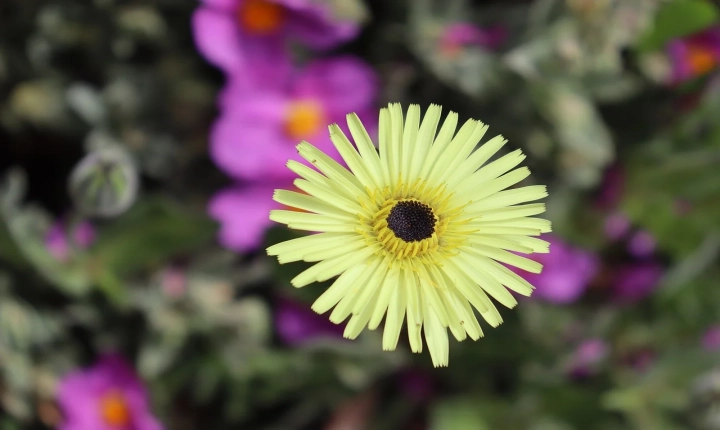Is AI-Generated Art Plagiarism?
As artificial intelligence (AI) continues to advance and become more integrated into various creative processes, the question of whether AI-generated art can be considered plagiarism has gained significant attention. The ability of AI systems to generate highly detailed and realistic visual art, music, and literature has raised concerns about the originality and authenticity of such work, especially when it closely resembles the style or content of human-created art.
At the heart of this debate lies the distinction between the creative agency of human artists and the algorithmic output of AI systems. Traditional definitions of plagiarism involve the unauthorized use or imitation of someone else’s work, passing it off as one’s own. However, the situation becomes more nuanced when AI is involved in the creation process. The key question emerges: can AI truly be considered as an independent creator, or is it merely a tool or extension of human creativity?
One perspective argues that AI-generated art should not be considered as plagiarism, as the AI system itself does not possess consciousness, intention, or artistic agency in the same way that humans do. Proponents of this view assert that since the AI is operating within the parameters set by its human programmers, the responsibility for the originality of the output ultimately lies with the humans who developed and trained the AI model. AI systems, they argue, essentially serve as intelligent tools that assist human creators in the artistic process, rather than acting as independent creators in their own right.
On the other hand, opponents of AI-generated art often express concerns about the potential for the technology to produce derivative or unoriginal work that mimics existing styles without adding genuine novelty or insight. They argue that AI-generated art can be seen as a form of plagiarism when it reproduces the distinctive elements of a human artist’s work, without providing proper attribution or acknowledgement. This line of thinking emphasizes the importance of recognizing and honoring the creative contributions of human artists, and calls for clear guidelines and ethical standards to ensure that AI-generated art respects the principles of originality and creativity.
Addressing the complex issue of AI-generated art and plagiarism requires a thoughtful and nuanced approach. As AI continues to evolve and permeate various creative fields, there is a need to establish ethical frameworks and guidelines that consider the unique dynamics of AI-generated creativity. This may involve redefining traditional notions of authorship and originality, as well as developing mechanisms for transparently attributing the contributions of both human artists and AI systems in the creation of artworks.
Moreover, fostering dialogue and collaboration between AI researchers, ethicists, legal experts, and the artistic community is essential for ensuring that the ethical implications of AI-generated art are carefully considered and addressed. By engaging in open discourse and interdisciplinary collaboration, it is possible to establish a framework that respects the rights of human creators while also harnessing the potential of AI as a powerful creative tool.
In conclusion, the question of whether AI-generated art constitutes plagiarism is a multifaceted and evolving issue that requires careful consideration from ethical, legal, and artistic perspectives. As AI continues to transform the creative landscape, it is crucial to navigate the intersection between technology and creativity with sensitivity, ethical awareness, and a commitment to upholding the principles of originality and respect for human artistic expression.
